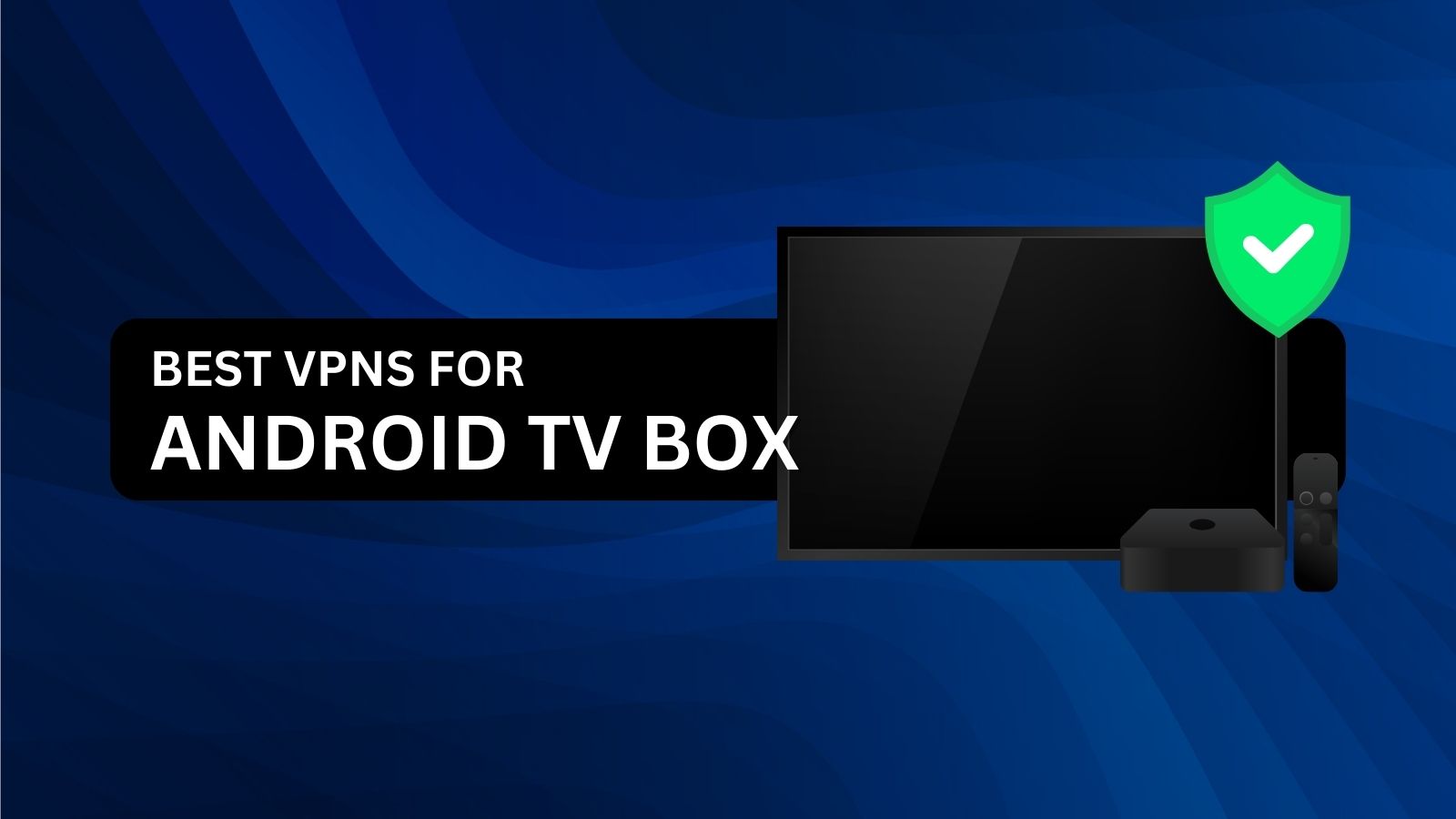How to Use Video Content to Boost Your SEO and Engagement
In today’s fast-paced digital world, video content has become one of the most powerful tools for increasing engagement and driving traffic. With the growing importance of multimedia, it’s no surprise that integrating video into your SEO strategy can significantly improve your website’s performance. In this article, we’ll explore how video content can enhance your SEO efforts, increase user engagement, and help your brand stand out in a crowded digital landscape.
Why Video Content Matters for SEO
Video is more than just a way to entertain your audience—it’s a valuable tool for improving your SEO rankings. Search engines like Google prioritize user experience, and videos provide a highly engaging, easily consumable format that keeps visitors on your site longer. Here’s why video is essential for SEO:
- Enhanced User Engagement: Videos capture attention and keep visitors engaged, reducing bounce rates. The longer someone stays on your page, the more likely your site will rank higher in search results.
- Increased Click-Through Rates (CTR): Including videos in your search snippets or on your landing pages can lead to higher CTRs. Video thumbnails are eye-catching, making users more likely to click on your content.
- Better Content Ranking: Google’s algorithms are becoming increasingly sophisticated and now prioritize rich, diverse content types—especially videos—because they provide a fuller user experience.
1. Optimize Your Video Content for SEO
To maximize the SEO value of your videos, it’s important to ensure they are optimized for both search engines and users. Here are key steps to optimize video content:
- Video Title and Description: Just like with blog posts or web pages, your video title and description should include relevant keywords. Make sure your title is clear and compelling, and the description should explain what the video is about while naturally incorporating your target keywords.
- Transcripts and Captions: Search engines can’t watch videos, but they can read the text associated with them. Including a video transcript and captions makes your content more accessible to users and helps search engines index your video better.
- Video File Name: Before uploading, name your video file with relevant keywords. Instead of using a generic name like “video1.mp4,” try something descriptive like “how-to-improve-seo-for-your-business.mp4.”
- Video Thumbnails: Create custom thumbnails that are visually appealing and relevant to the content of your video. Thumbnails are the first thing users see, and a good thumbnail can significantly increase your CTR.
By optimizing your video content in these ways, you improve its visibility and discoverability on both search engines and video platforms.
2. Host Videos on Your Website
While platforms like YouTube and Vimeo are great for sharing video content, hosting videos directly on your website can provide significant SEO benefits. Here’s why:
- Increase on-site engagement: Videos hosted on your website can increase the time users spend on your pages, which directly influences SEO rankings. The longer users stay, the more likely Google will rank your page higher.
- Reduced bounce rates: Engaging videos keep visitors on your site longer, reducing the likelihood of them bouncing off the page. Lower bounce rates are a positive ranking signal to search engines.
- Embedded videos for better user experience: When visitors have a smooth, seamless experience watching videos without leaving your site, they’re more likely to convert. This could be anything from signing up for your newsletter to making a purchase.
3. Leverage YouTube for SEO
Since YouTube is the second-largest search engine in the world, it’s crucial to incorporate YouTube into your video SEO strategy. YouTube videos can rank on Google search results, so optimizing them is key for extending your reach.
Best practices for YouTube video SEO:
- Use relevant keywords: Include your target keywords in the title, description, and tags of your YouTube video.
- Create engaging thumbnails: Similar to website video thumbnails, make sure they stand out to attract clicks.
- Encourage engagement: Ask viewers to like, comment, and subscribe. High engagement on YouTube videos signals to the algorithm that the video is valuable.
- Add captions: YouTube’s auto-caption feature is helpful, but adding your own transcripts can improve accuracy and accessibility.
By optimizing your YouTube videos, you give yourself the best chance to rank both on YouTube and in Google search results.
4. Incorporate Video in Blog Posts and Landing Pages
Incorporating videos into your blog posts or landing pages can significantly boost your SEO efforts. Here’s how:
- Add videos to blog posts: When you publish a new blog post, consider embedding a video that summarizes the key points. Videos make your content more engaging and help break up text-heavy posts.
- Improve user experience: Landing pages with videos often convert better than those without. Videos are an effective way to explain your product or service in a compelling way.
- Increase social sharing: Video content is highly shareable. By adding videos to your blog posts, you increase the likelihood of your content being shared across social media platforms, which can improve your visibility and traffic.
5. Promote Video Content Across Social Media
Social media platforms, especially those focused on video content like TikTok and Instagram, are essential for driving traffic to your website. When you promote your video content across social media, you increase its reach and the chances of it being shared, which in turn helps boost your SEO.
- Cross-promotion: Share your videos on Facebook, LinkedIn, Twitter, and other relevant platforms.
- Use hashtags: Use relevant hashtags to increase the visibility of your video on platforms like Instagram and Twitter.
- Encourage sharing: Include calls to action that encourage users to share your videos with their networks.
Conclusion
Video content is a dynamic and powerful asset that can elevate your SEO strategy, enhance user engagement, and drive traffic to your site. When integrated strategically into your SEO campaign, videos can improve rankings, reduce bounce rates, and increase conversions.
To fully leverage the potential of video for SEO, consider working with an organic SEO company that understands how to incorporate video content into a comprehensive SEO strategy, ensuring long-term success for your digital marketing efforts.
What's Your Reaction?























